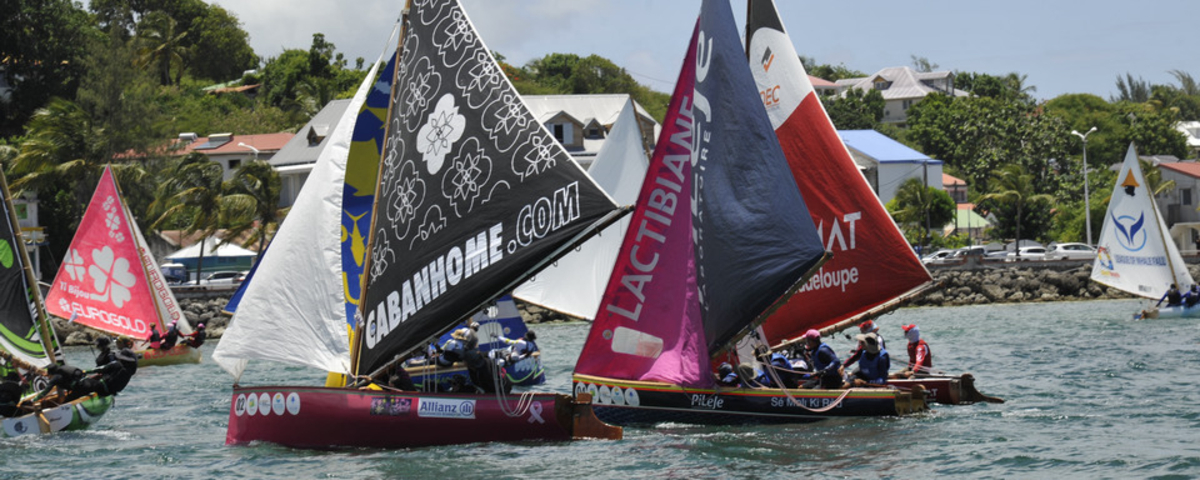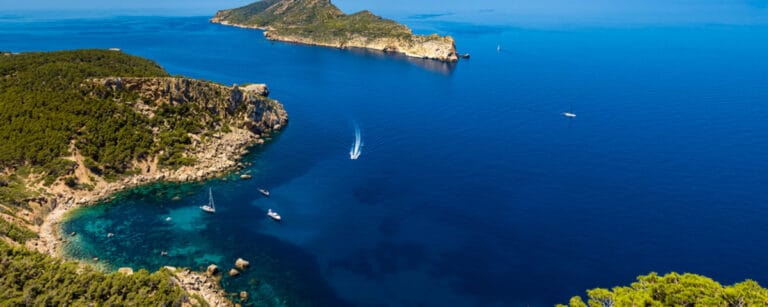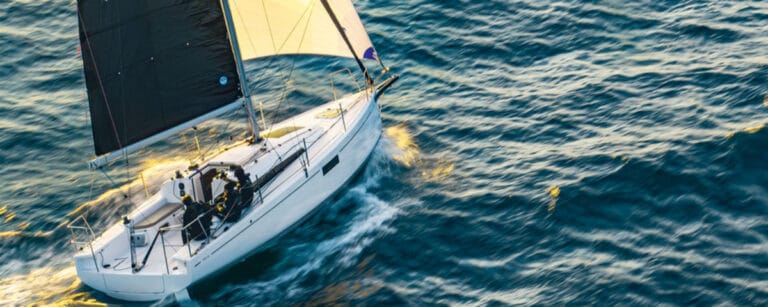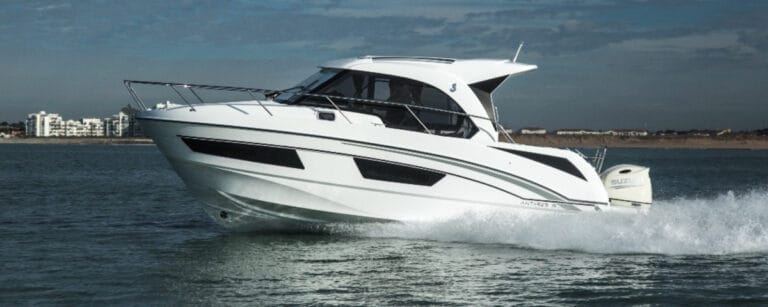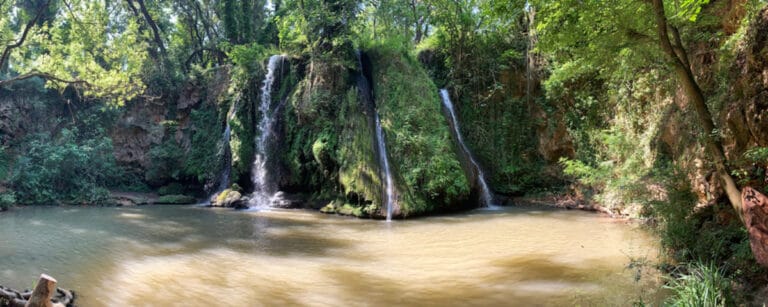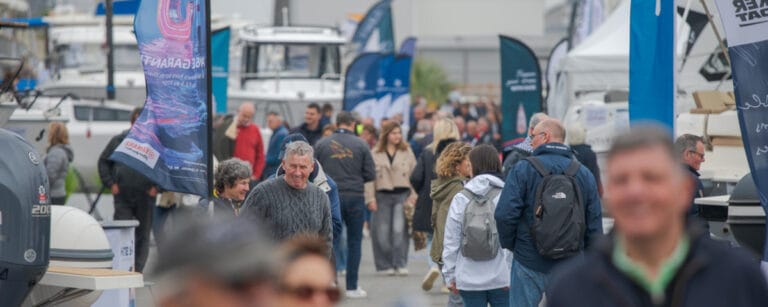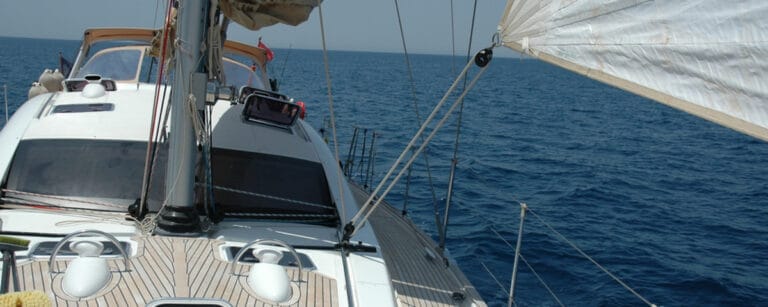Traditour 2025: A spectacular regatta that thrills Guadeloupe and preserves traditional boats
Traditour Concludes: A Celebration of Tradition, Sport, and Community
Following a regatta between Dominica and Sainte-Anne in Guadeloupe, the Traditour has come to a close. It proved to be a highlight not only for the participants but also for the large crowds that gathered at each stage to witness the spectacle and cheer on the crews. To gain further insight, we interviewed the winners: Route du Rhum destination Guadeloupe (skipper Jonas Astorga) and the all-female crew Ti Bijou Eurogold (skipper Malika Roux), as well as Carl Chipotel (president of ANASA).
10 Questions for Jonas Astorga (Route du Rhum destination Guadeloupe)
- Number of crew members on board? Depending on the stage and the sailing conditions, we had 6 or 7 on board. It’s a matter of weight balance and leverage when sailing upwind.
- How many crew members in the team? We had a total of 10 crew members, and we made sure everyone participated in at least one stage.
- Training regimen? We train at least every weekend and often several times a week, depending on the availability of the crew.
- Who built your boat? Alain Foy in Les Saintes, like 22 other boats in the regatta out of 39.
- A regatta was canceled, do you regret it? We had trained for that regatta and had chosen a suitable crew. Of course, we regret the cancellation, but we understand the organization’s desire to prioritize safety.
- First time starting from Dominica, a plus? Yes, it was an opportunity to go beyond our islands, and this stage was excellent, with a welcome and atmosphere that we will not forget.
- Who owns the boat? I am the owner of the boat. We are part of the Yacht Club de Saint-François. We had a second boat in the regatta, the Yasala.
- What do you think of the organization? It’s not easy to organize such an event. For me and my team, we believe that everything was done correctly and with great professionalism.
- Do you have difficulty finding crew members? In theory, no, many are interested in sailing, but the constraints of work time are not always easy to manage.
- Post-regatta plans? To train and prepare for the next regattas.
- The future of traditional boats? Unfortunately, there are only two shipyards left, and they have few orders. I advise you to meet them. That’s what we did. We’ll talk about it again in a future article.
10 Questions for Malika Silla dit Roux (Ti Bijou Eurogold)
- Number of crew members on board? We were 6 or 7 depending on the stages. In total, we were 12 crew members with changes at the stages.
- Training? We try to train every Sunday starting in September.
- Are you all present for training? We have a core group of 5 to 6 who come regularly.
- Do you recruit crew members? There is demand, but it’s not always easy.
- What is the main obstacle to recruitment? Work and young children often pose a problem, not only for recruitment but also for training.
- Do you recruit from all backgrounds? We are looking for motivated and athletic people. But, it must be recognized that many have a liberal profession.
- The future of traditional boats? For us, they have a bright future. The people of Guadeloupe are increasingly interested not only as spectators but also as participants.
- Youth training? ANASA has set up a sailing school for young people on specific Saintoise boats (bébé saintoise).
- What is the level like? It is clear that the level is getting higher and higher. Many crew members come from dinghy sailing and know the technique well.
- You won an important stage, what do you take away from it? This stage allowed us to show that an all-female crew is just as effective as an all-male crew. A point that is not always obvious.
Carl Chipotel, President of ANASA (Association Aventure Nautique de Sainte-Anne)
When we interviewed Carl Chipotel, he reminded us of the Breton origin of the Saintois boats and their vocation for fishing. He also mentioned the first regattas. In the 1950s, there were a few boats, rigged as sailboats, with experienced sailors and friends who came to learn on board. They met to race on Sundays. In 2002, the Traditour, which at that time was called TGVT (Tour de Guadeloupe à la voile Traditionnelle), was organized with 7 participants. In 2018, the association of Saintois canoes entrusted us with the organization of this regatta, which became the Traditour. After difficult years (health crises), in 2021, the regatta was reduced to only two long stages. Then, in 2022, it gained momentum with a tour of the Islands of Guadeloupe in 5 stages with a start and finish in Capesterre-Belle-Eau, passing through Saint-François, Baie-Mahault, Deshaies, Goubeyre, etc. From that date, the Traditour became a nautical event with, in 2025, 39 canoes on the starting line, counting on average, with the replacements, 12 crew members per canoe, therefore more than 600 people including the supervisors.
The Traditour: A Grand Popular Festival
At each stage, many spectators are there to admire the spectacle of the boats and to participate in a grand popular festival. The organizers have ensured that the arrival takes place at the beaches to allow people to see the boats well and encourage the crews. Once they arrive, the canoes are pulled ashore, which not only allows them to be seen clearly but also to talk with the crews. But who are these spectators? We were able to meet them but also discuss with them, and there the motivations are different. For the older ones, it reminds them of the time when the Saintoises were intended for fishing. For others, it is the spectacle of the boats, being able to talk with the participants who are people from the country and whom many know, and for the most motivated, it is the hope of being selected to sail. In all of this, we must not forget the festival, at each stage, many stands of regional products, music, restaurants, concerts, etc.
The Future of Traditional Boats
When we see the success of this edition, we should not have any concerns for the future of traditional boats, especially since the participants, when asked for their opinion, only think about resuming training for the next edition of the Traditour. In essence, it is more complex, and to have broader opinions, we extended our report by visiting the Alain Foy shipyard in Les Saintes and discussing with fishermen from Deshaies. Our next article will be devoted to traditional boats and their future.
The Traditour is not just a regatta: it is a living meeting between tradition, sport, and the public, where each stage brings together sailors and spectators in a festive atmosphere. While the enthusiasm is very real, the future of traditional boats will depend on the ability to transmit this heritage to new generations. Join us in our next article to understand how shipyards and fishermen are fighting to preserve this unique heritage.
Enjoyed this post by Thibault Helle? Subscribe for more insights and updates straight from the source.

